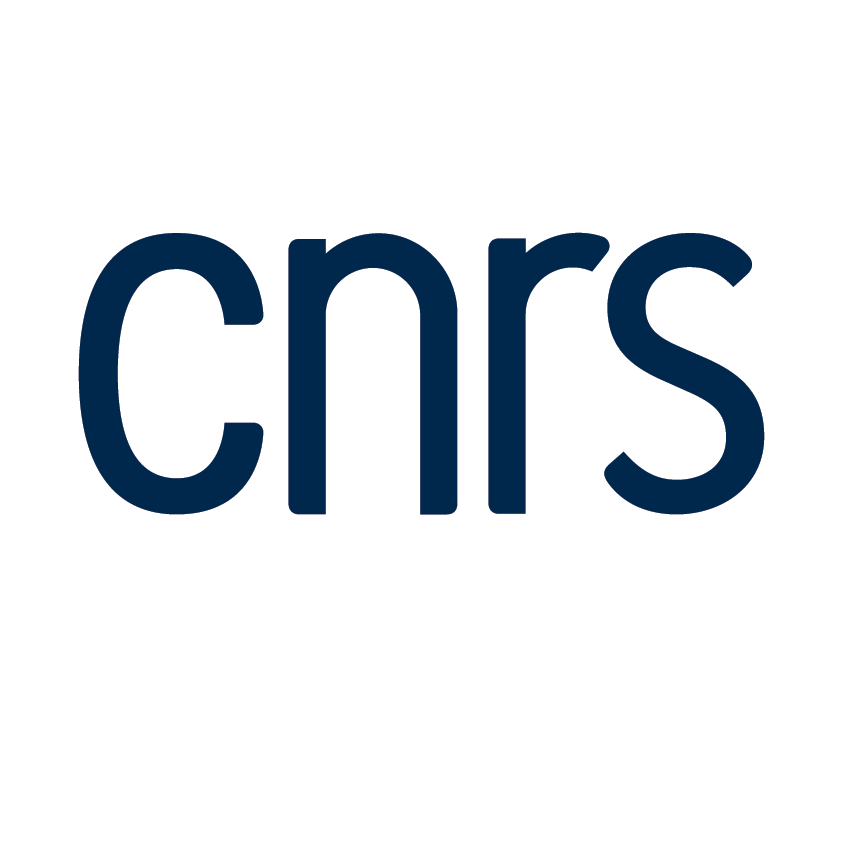Retour
Séminaire de Calcul Scientifique et Modélisation
Moving-Mesh Finite Elements for Moving Boundary Problems
Matthew HUBBARD
( Leeds University UK )Salle 1
le 29 janvier 2009 à 11:00
This talk will describe a new approach to the simulation of moving boundary problems. It is based on a local mass conservation principle (though it can be extended to preserve a distribution of any monitor function) which leads to a system of equations which uses the underlying partial differential equation to calculate mesh node velocities, including the movement of the boundary of the computational domain, which are compatible with local conservation. The solution can then be recovered on the updated mesh either directly from the local conservation principle or through a standard Arbitrary Lagrangian-Eulerian (ALE) technique. The spatial derivatives are discretised using linear Galerkin finite elements, though other techniques have been used. The moving-mesh finite element scheme will be outlined and its application to a range of moving boundary problems governed by scalar parabolic partial differential equations will be demonstrated in one and two space dimensions. This will include mass-conserving equations (the porous medium equation), problems with source terms (Crank-Gupta absorption-diffusion) and phase-change processes (one- and two-phase Stefan problems). Practical issues associated with the implementation of the scheme will also be discussed, including the choice of monitor to drive the interior mesh movement and the application of boundary conditions in a manner which retains conservation.




